Blog / Literacy
Instructional Strategies for Literacy Learning

Written by Scott Sharp
Approaches to Teaching Reading
Reading is an essential skill for students to master in order to be successful in school and beyond. Teaching children how to read can be a challenging task for educators, so it’s important to familiarise ourselves with different approaches of reading instruction. Read alouds, shared reading, guided reading, and independent reading all offer distinct benefits to students. In this article, we will discuss what each approach to reading is, and how it can help students achieve success in their literacy development.
1) Read-Aloud Approach
The read-aloud approach refers to the proficient reader reading a text aloud to a child. The child participates only by listening to the story and viewing the pictures. The reader models to the child a number of different aspects of the process of reading: tone, pace, expression, comprehension and most importantly- reading for enjoyment. The read-aloud approach can involve questioning, but it is not necessary. Generally the chosen text for read-aloud is too difficult for the child to read independently.
Hearing books read aloud also helps children become familiar
with the rhythm and sound of language
The read-aloud approach is an excellent way to develop early literacy skills in children. In fact, research has shown that reading aloud to a child is the most powerful activity for the development of reading skills. It allows children to establish a connection between printed text and its meaning. The read-aloud approach exposes children to new words which helps expand their vocabulary more quickly than if they were just exposed through regular conversation alone. Hearing books read aloud also helps children become familiar with the rhythm and sound of language so they are better prepared for learning how to read themselves. Perhaps most importantly, the read-aloud approach has the potential to increase a child’s motivation to read.

2) Shared Reading Approach
Shared reading is similar to the read-aloud approach in that the expert reader is the one reading. With shared reading however, the child is more involved in the reading process. The book should be open for the child to see, and the child encouraged to follow along with the words as the expert reader reads aloud. The child or the expert reader points to the words as they are read.
Shared reading gives the child a greater opportunity to observe the reading process. The child begins to participate in the reading process by joining in during repeated words or patterns in the story. More so than with the read-aloud approach, the expert reader is able to explicitly model for the child the use of different decoding and reading comprehension strategies. Shared reading also builds a child’s one-to-one word correspondence as well as other print concepts such as the left-to-right text direction and the ‘return sweep’ when a reader gets to the end of a line.

3) Guided Reading Approach
Guided reading releases much of the reading responsibility to the child. An expert reader provides support as needed as the child reads and attempts to problem solve independently. Guided reading can involve individual or small group instruction. The text chosen should be of an instructional reading level. An instruction reading level is the level at which the reader requires support from a teacher or parent. It is often beneficial to choose one or two focus areas for a guided reading session. Consider what it is you want the child to practise. Focus areas may include:
- A reading strategy.
- Following punctuation.
- Reading with expression.
- Reading with fluency.
Questioning is an important component of guided reading. Our article on effective questioning will help you ask the right questions for reading success.
Guided gives students the opportunity to practice and refine reading skills that they have been taught while also receiving support from a teacher. Working with a small group of students means teachers provides direct instruction at students’ instructional levels on key concepts such as phonemic awareness, phonics, comprehension, fluency and vocabulary development. This helps build confidence in their ability to read independently and develop a love of books. Guided reading also allows teachers to observe each student closely and make appropriate adjustments for further learning opportunities.

4) Independent Reading Approach
The child reads a text independently. The text chosen should be an independent text level. This means the text is of a level that is relatively easy for the child to read independently while making only a few errors. The child should also have a good background knowledge of the topic of the text, ensuring their comprehension is very high. There is no intervention from expert reader and as such this is not an instructional approach.
Independent reading is an important part of a student’s reading journey, providing readers with the opportunity to consolidate their existing skills and develop new ones. Not only does it help build upon language and comprehension skills, but it can also be incredibly rewarding for the reader. Independent reading can also be a great source of enjoyment, as it allows readers to explore topics that are of particular interest to them. Independent reading also develops better concentration levels and encourages student autonomy. It allows students to take more responsibility for what they read, how much they read and when they read it; all important elements in becoming a successful reader.
Targeting Reading Success
In conclusion, reading instruction should involve a variety of approaches, such as read alouds, shared reading, guided reading and independent reading. These strategies provide opportunities to practice different aspects of reading, helping students become independent readers and critical thinkers. By providing explicit instruction that is tailored to the needs of each learner, teachers can ensure their students understand and comprehend what they are reading.

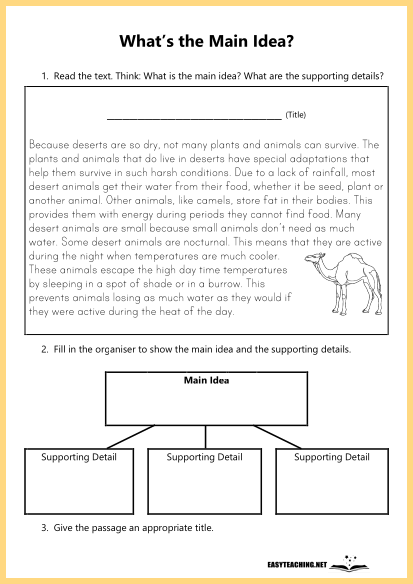
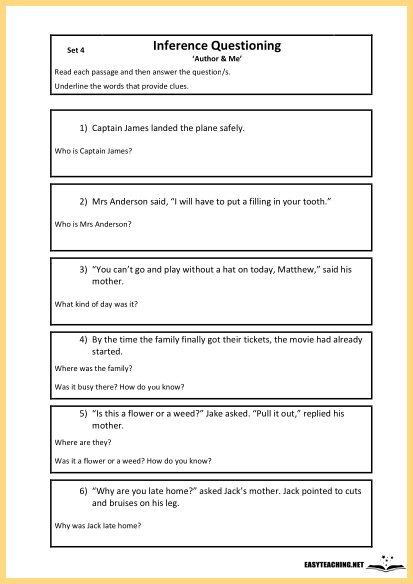
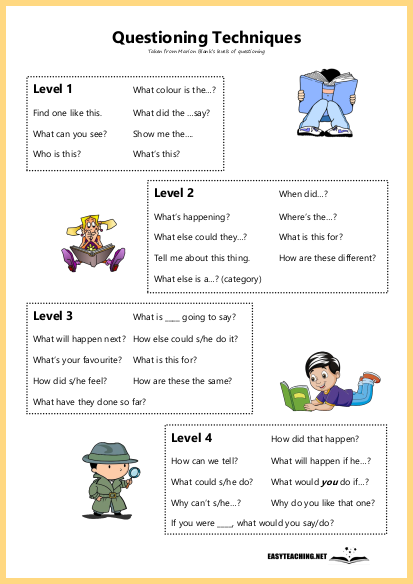
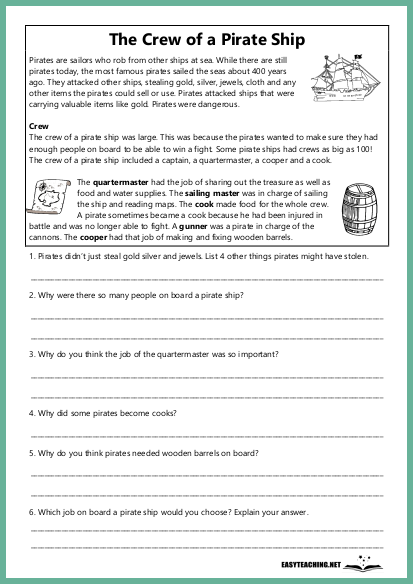
Join our mailing list, follow us on Facebook and subscribe to our YouTube Channel to stay up to date with new teaching resources.
Related articles
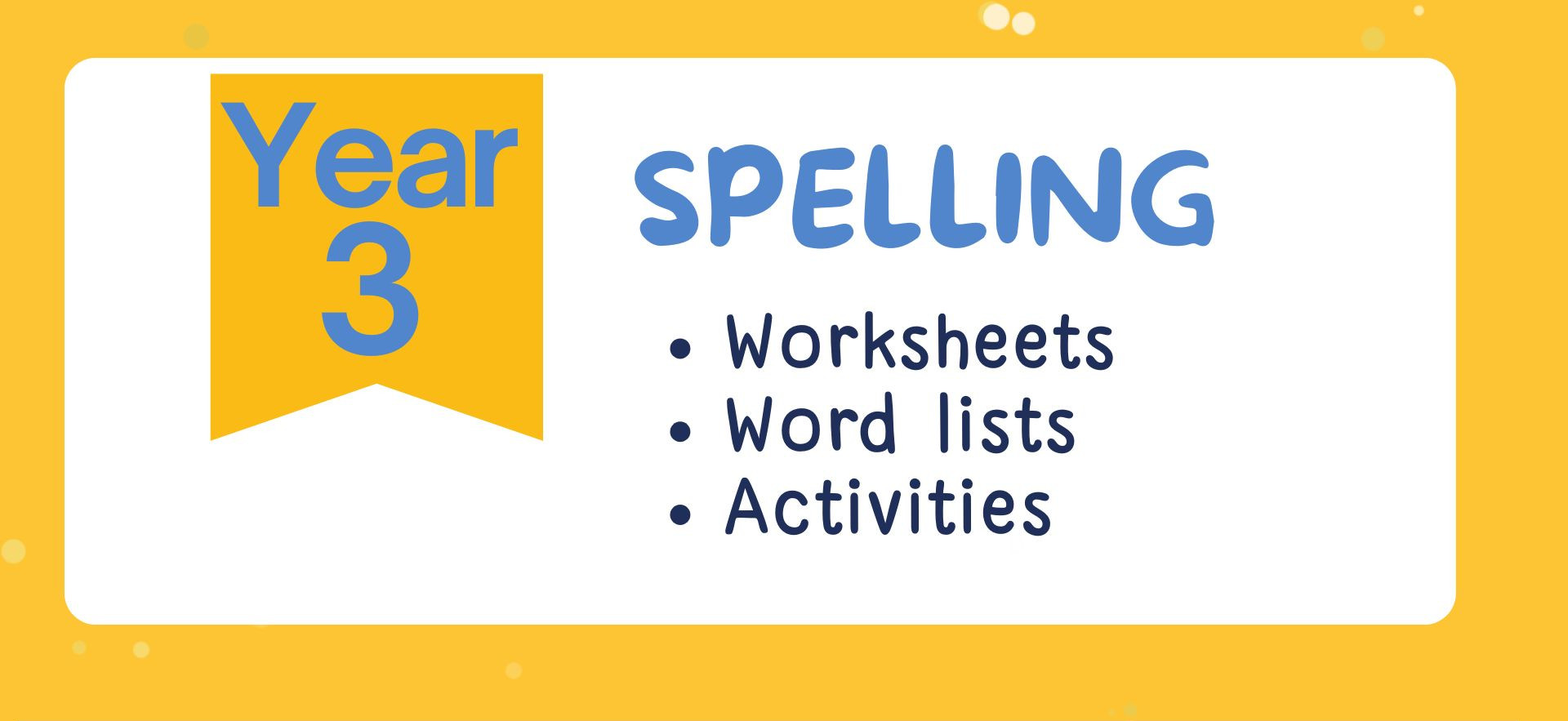
Free Year 3 Spellings Worksheets & More
Free Year 3 spelling worksheets and spelling word lists as well as activity ideas.
Read More
Teaching Persuasive Writing: Activities & Strategies for the Classroom
Explore 9 activities and strategies for teaching persuasive writing in the classroom.
Read More
Unlocking Kids’ Potential: Early Literacy
Exposure to literacies in the early years is a strong predictor of literacy success in later years.
Read More





